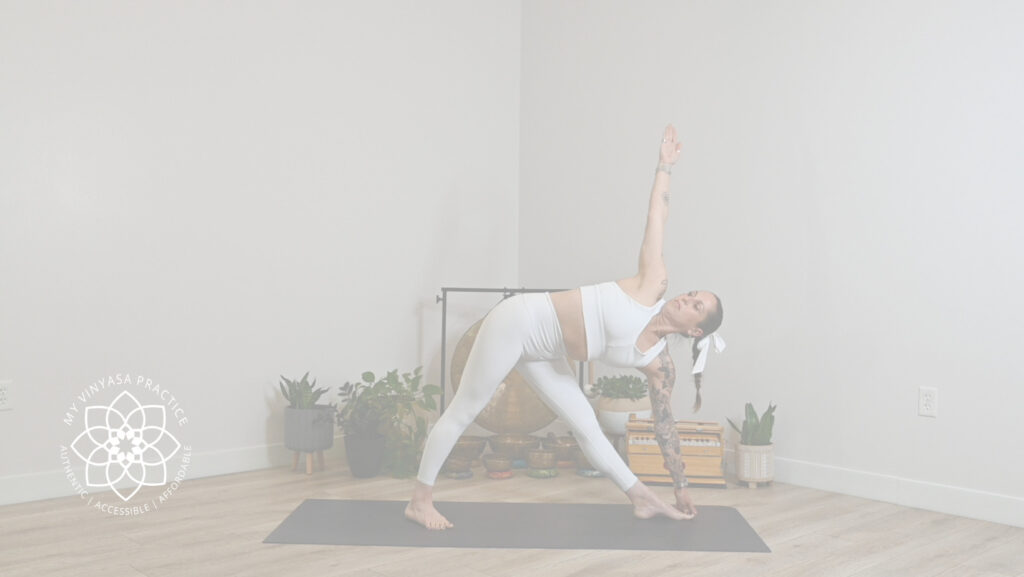
Making Yoga Financially Accessible
It was not Indra Devi’s intention to turn Yoga into a commodity, nor was it Vivkiananda’s or Yogananda’s intention for Yoga to be inaccessible. Yoga was brought to the United States in an attempt to globalize the ancient wisdom teachings found in the Yoga Sutras of Patanjali, but somewhere along the way we as a society of opportunists decided that Yoga should be capitalized upon and that is when it became inaccessible.
Many studios charge up to $20 or more for a single yoga class and some studio memberships are as much as a car payment. This is not accessible and also illustrates attachment. If someone is becoming a yoga teacher because they believe they can make a lot of money they may want to consider going into a different profession. It’s not that you can’t make money, but making money should not be the foundation of someone’s desire to become a teacher.
If we have a desire to make yoga accessible, to live by the Yamas and the Niyamas, and to integrate Yoga off the mat then we have to ask ourselves why we are teaching yoga in the first place. Sharing the ancient tools of yoga freely, without attachment to time or money is the foundation from which we teach when our intention is to be conduits of this eternal knowledge. Money comes, especially when we don’t make serving others about money. When we confuse serving others with providing a service we end up in dissonance. This will inevitably impact one’s business.
To create accessible yoga spaces we have to release our attachment to the money. How do we do that? We release attachment to money by creating accessible offerings that meet the community where they are at and supplementing those offerings with either another source of income or additional income streams.
Some yoga teachers say they want to teach yoga full time, that they should be paid $150 an hour or that they want to open a studio and charge $35 drop-in rates because their competition is doing the same thing. These tactics won’t necessarily generate the income that one projects, though. Ultimately, prices like the ones mentioned above perpetuate the misunderstanding that Yoga is inaccessible and for the wealthy. If your population can support these kinds of prices then so be it, but more often than not these types of prices are inaccessible for many people.
One solution is to teach donation-based yoga classes or to teach some free yoga classes while other classes are for profit. Ultimately, each teacher has to determine how they want to organize their pricing structure, but you can offer accessible yoga and still make a living that includes teaching yoga. Another thing to consider is whether or not teaching yoga full-time is something you want to do. Some people teach karma yoga and make their money elsewhere while others might teach yoga full time but have a tiered pricing structure.
Yoga was not intended to be exchanged for money. Yoga Teacher Training being sold for thousands of dollars are a testament to the appropriation of yoga in a capitalist society. To change things we have to remind ourselves that yoga is not a commodity, that facilitation is the service that can be exchanged for money, but the knowledge is not ours to sell. When we remember that it puts things into perspective and it helps strengthen the off the mat practice, too.
Finding Grants & Scholarships
These days there are so many yoga teacher training schools and yoga therapy schools that you should spend decades studying and never take the same exact course twice. Many schools offer scholarships that will help you advance your training. Some scholarships are partial and some are full, but when you are looking at thousands of dollars in training any scholarship is appreciated.
Grants are available through many different non-profit organizations including the VA. The Veteran’s Administration has spent a lot of money on researching yoga and mindfulness in treating PTSD and they employ many yoga teachers and yoga therapists. Yoga Alliance offers grants to studios and individual teachers who are interested in advancing their training or doing research. Other opportunities exist for Veteran Spouses through programs like MyCAA. Some private practice physicians also offer grants or are frequently looking for collaborators to facilitate yoga and mindfulness in clinical studies. These opportunities are becoming more and more prevalent the more popular yoga becomes.
Fostering Community Service
It’s important to think about ways to support community service efforts. When we teach yoga we are teaching philosophy that is rooted in the idea that karma is the divine order of the universe. Dharma is the natural law of the universe that is influenced by Karma. If we fail to consider community service or if we turn a blind eye to the needs of our community we run the risk of further perpetuating the capitalist model of yoga that is currently the dominant story. To flip the script and write a preferred narrative we have to work towards uplifting without seeing gains or recognition. That might be a community clothing swap, delivering leftovers to the homeless, or putting on a fundraiser for a local charity. There isn’t one right or wrong way to serve, but it is important to foster community service as a part of your mission as an accessible yoga teacher. Creating accessible yoga environments is a community service, in and of itself. Expanding on that premise is bound to have a lasting impact on any yoga community.
As you consider how to foster community service think about ways you can give back to your community. How have you as a student benefited from the yoga community and how do you feel underserved? Where are there areas of opportunity to create more resources and foster more connections? These are the questions to ask yourself if you are interested in giving back and building community.
